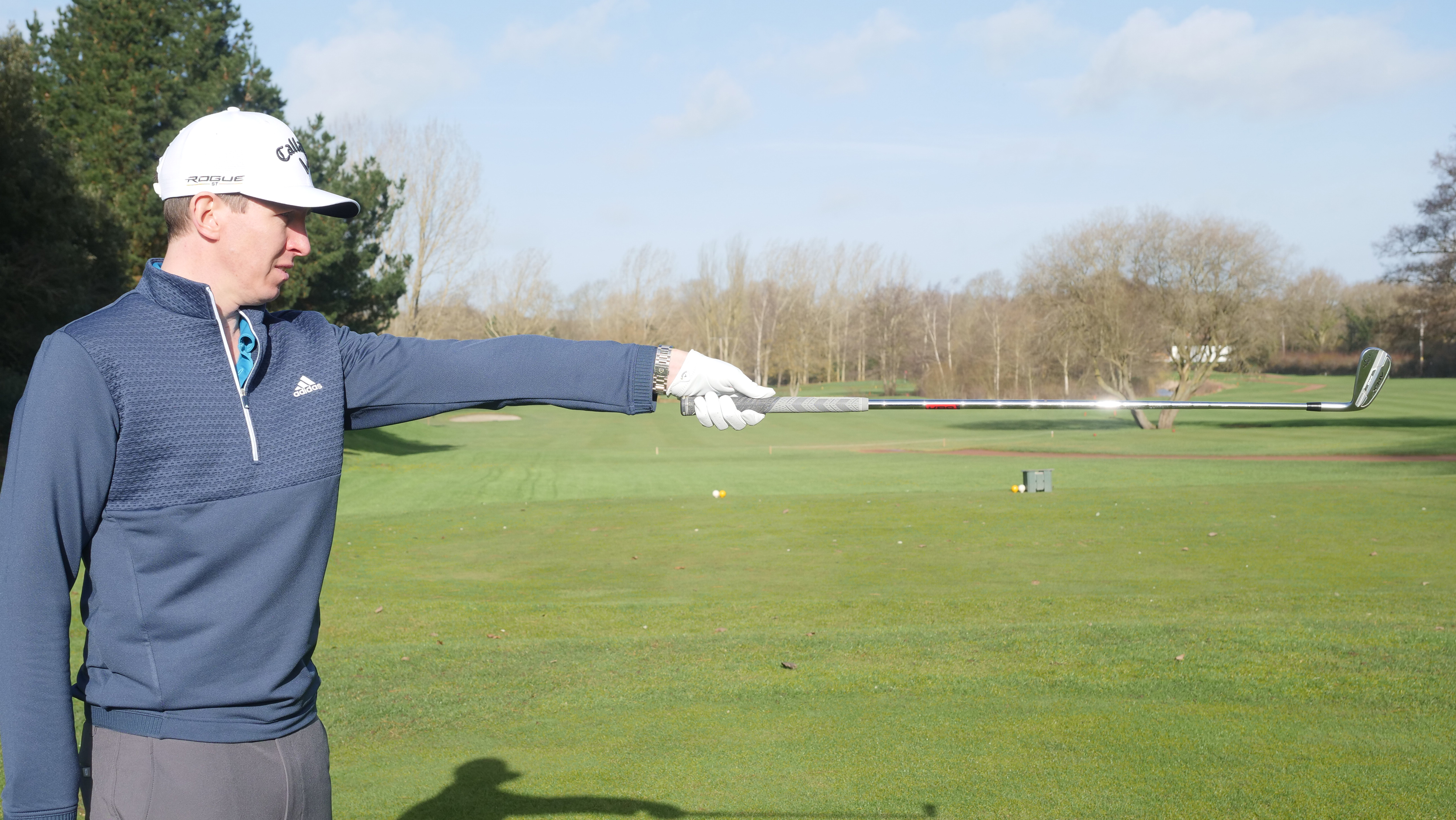What Is A Single Plane Golf Swing?
In this video, PGA pro Ben Emerson explains everything you need to know about the single plane golf swing


The single plane golf swing has been used by Bryson DeChambeau to devastating effect. But what exactly is a single plane golf swing? In the video and article below, PGA pro Ben Emerson runs through everything you need to know...
What is a single plane golf swing?
To answer this question, first, it's important to develop an understanding of the more traditional two-plane golf swing, which can be explained through the address fundamentals. If you tilt from the hips and let your arms hang naturally, you’ll notice they hang straight down. In that set-up position, if you were to draw a line from your shoulders through your hands, that’s one plane. Then, if you were to draw another line running from the clubhead up the shaft and through the grip, that’s another plane line.
But what happens in the golf swing is that we don’t return to that address position at impact. Instead, the two plane lines tend to get quite close to merging together into one. So, the idea is to feel like you begin the takeaway in your golf swing from a position that more closely resembles impact.
There are a couple of things that have to happen to achieve this. The first relates to wrist hinge in the golf swing. Your wrists need to unhinge, which is called ulnar deviation, and that should help you feel like the lead arm and club form one unit, working in a straight line from the shoulder all the way down to the club.

Practise unhinging the lead wrist like this before taking your set-up position
Because your wrists are unhinged, it’ll look and feel like you’re quite far away from the golf ball, so the next thing you have to do is set your body slightly differently to deliver the club back to the desired impact position.
At address, you want to feel like your stance is a little wider and the left foot is flared out more to allow for better rotation coming through. From there, tilt your spine away from the target sightly - not as much as you would with the driver - and unhinge the lead wrist before slotting the right hand into place to form the perfect golf grip.
When it comes to the swing, feel like you’re staying on one plane going back and through. In fact, the only real difference to your normal action should be that your trail foot will stay planted for longer and the club will feel like it exits impact down the line.
Subscribe to the Golf Monthly newsletter to stay up to date with all the latest tour news, equipment news, reviews, head-to-heads and buyer’s guides from our team of experienced experts.
So, if you want to try something new, give this a go and see how you get on.

Location: Sand Martins GC
Ben’s modern approach to golf coaching has seen him become one of the most sought-after coaches in the country and teaches none other than Robbie Williams. His honest, modern and fun style of coaching has help thousands of golfers of all ages and abilities and he has been coaching for over 20 years.
Advice for practice:
Start with slow, small swings. If you can’t do it small and slowly there is not a hope in hell of doing it at full speed with a full swing! In other sports such as rugby or martial arts they slow learn new moves/plays before making them at full speed.
Teaching philosophy:
‘Why guess when you can access’ Ever new student goes through a full TPI movement screen, 3D motion capture and pressure plate analysis as well as TrackMan and 2D video analysis. Coaching is based on facts and not guess work.
Most common problem:
A lack of clubface understanding and awareness. I get golfers to aim the clubface directly at the target and get them to make a slow swings and deliver the club to the ball with an open face, then repeat the same thing again but with a closed face, followed by one at the target. Giving them full awareness based on feelings errors to find a happy middle ground.